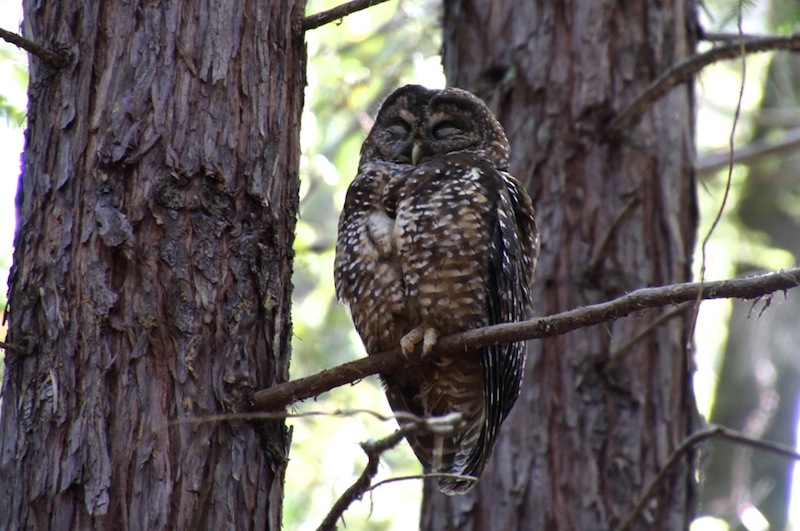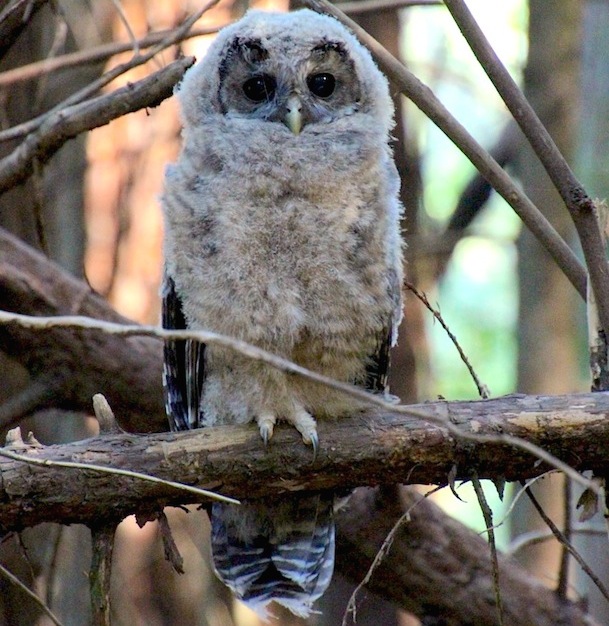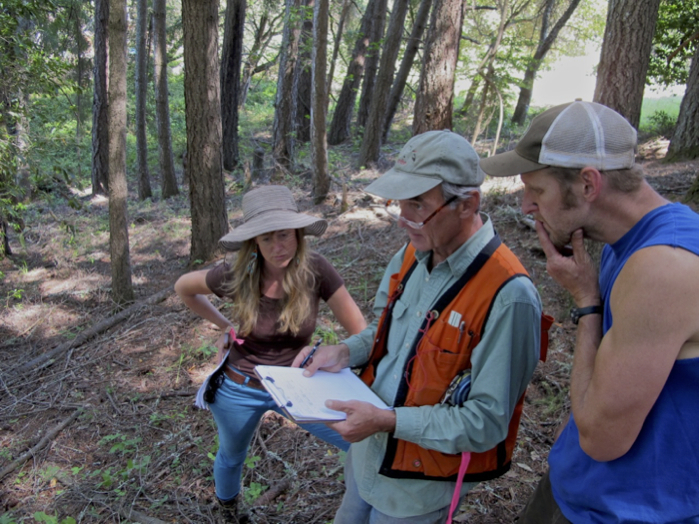Pictured: Harold Appleton, registered professional forester, co-authored the plan with Lindsay Dailey and Jim Coleman (pictured) as well as Brock Dolman. Harold spent many hours onsite inventorying mixed conifer forests and guiding OAEC through the process of creating the plan. Photo by Brock Dolman.
About the Stewardship Plan
OAEC is excited to announce the release of our new Wildlands Stewardship Plan, a comprehensive management plan for our 70-acre Wildlands Preserve. Funded by CalFIRE as part of their California Forest Improvement Program, the plan documents 20 years of holistic land management at OAEC.
The Stewardship Plan reflects OAEC’s passion for rediscovering how to be in reciprocal relationship with the landscape, enhance resilience, and shift the human role from degenerative to regenerative disturbance. Our goal is to see the cycles of water, carbon, fire, and life function in a regenerative fashion, with human beings enhancing these processes rather than detracting from them.
In the document, we trace the history of human relationship to the land we call home in Occidental, beginning with 12,000 years of inhabitation and stewardship by native Coastal Miwok and Pomo people, who evidence and story suggest lived in reciprocal relationship with the land (utilizing human-scale disturbances such as burning, digging, and seed-sowing as tools to live regeneratively). When Europeans arrived and introduced logging, grazing, mining and urbanization to the landscape, human disturbance became a destructive force on the landscape for over 100 years.
With the wave of environmentalism that began in the 1970s, land managers started to realize the destructive nature of the aforementioned practices, and—seeing a need for repair—took the approach of letting nature heal itself by leaving it alone.
When the Sowing Circle intentional community arrived at what is now the Occidental Arts & Ecology Center in 1994, they inherited a landscape with numerous legacies–from 12,000 years of regenerative land management to a century of logging and grazing, followed by 20 years of the “leave-it-alone” mentality. While well intentioned, it became clear to OAEC staff biologists that the landscape could not repair itself without human interaction. Needless to say, OAEC’s founders stepped into a complicated landscape to manage—one severely out of balance after years of intensive extraction, fire suppression, and the introduction of exotic plants.
Over the past 20 years, OAEC Wildlands staff has experimented with numerous techniques to help restore and regenerate the land. Our Wildlands Stewardship Plan includes a comprehensive compilation of the history of the land; management goals, objectives, and strategies; lessons learned and best practices; along with documentation of the soils, geology, hydrology, flora, fauna, fungi of this landscape—many of which are common across California ecosystems.
Currently, OAEC is seeking additional funding to summarize our best practices into user-friendly DIY guides, interactive maps and other teaching tools. In the meantime, the Stewardship Plan itself offers useful insights and inspiration to those seeking to restore a mutually beneficial relationship to their land through regenerative disturbance regimes.
Check out the Plan
- If you are interested in a concise expression of OAEC’s management methodology, which includes goals, objectives and strategies, you’ll enjoy the summary. >
- The full version of the Plan includes bureaucratic language that sets us up to apply for state and federal land restoration funding. For those interested, go to the full version. >








